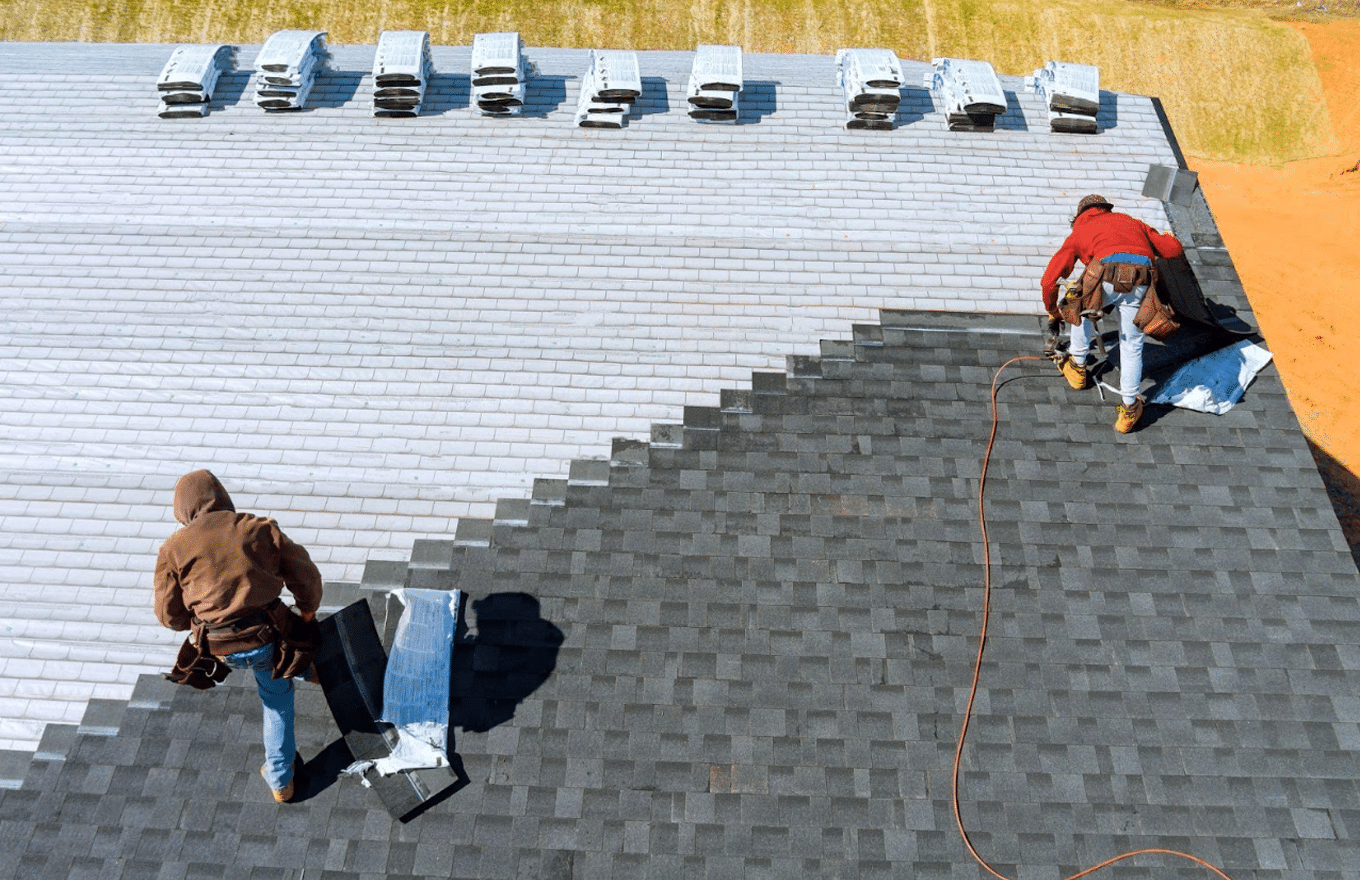
As the leaves start to change colors and the air turns crisp, homeowners often turn their attention to home improvement …
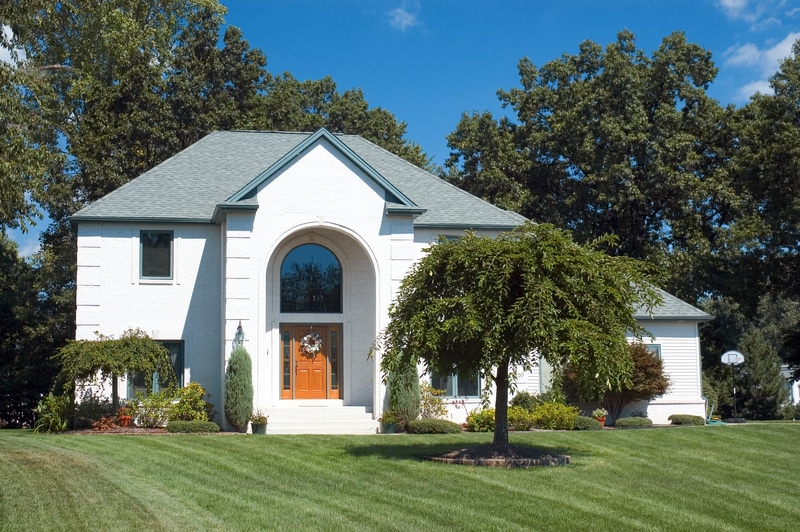
When a long, frigid winter is finally behind you and summer is coming up, the last thing you want to think about is what impact the changing seasons may have on your roof. Winter can cause the most damage to your roof, but summer’s heat has its own threats that can cause problems. Summer storms and wind damage, heat degrading the materials, UV damage from sunlight and thermal shock as temperatures fluctuate from day to night can all cause serious harm to your roof. Here’s a look at the hot time of the year and how it can impact your roofing system.
Because most of the damage caused to your roof during the summertime is cumulative, it takes time to cause problems. The heat, UV radiation and thermal shock take a long time to show up, so a week-long heat wave isn’t going to cause your roof to fail. For the most part, roofs that are under a decade old that are well maintained are usually free of problems. Taking the time to develop a good eye for issues that may be developing and taking action when they’re spotted are great ways to save money in your home’s long-term maintenance costs.
To alleviate the worst problems that are related to summer heat, make sure that your attic is well-ventilated. This helps your roof last much longer, protecting your investment. If your attic isn’t properly ventilated, it’s important that you fix the problem to make sure that your existing – or new – roof will last as long as possible. Catching problems early and taking care of repairs as quickly as possible will always be less expensive than a new roof, so make sure that you inspect your roof annually or have it inspected by professionals. Not currently working with a roofing company? Storm Guard Roofing and Construction of SW St. Louis MO would be happy to help. Please feel free to contact us today to schedule a service or inspection appointment.

As the leaves start to change colors and the air turns crisp, homeowners often turn their attention to home improvement …

Even the most durable and weather-resistant roofing products won’t last forever in a climate like ours here in Central Texas. …
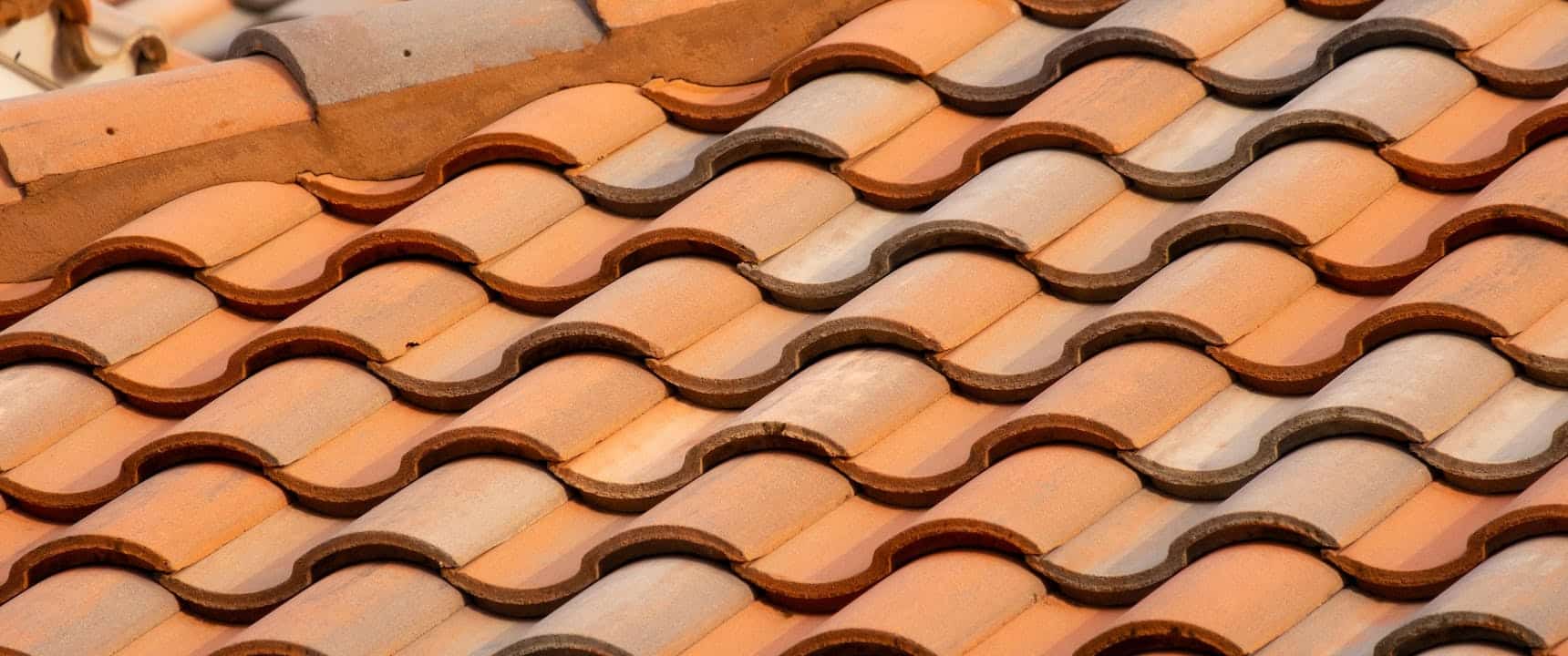
The aesthetic of clay roofing tiles is hard to beat. They add instant charm to any home. More than just …

Roof leaks are the nightmare no one wants to wake up to, but if you do find a leak, know …
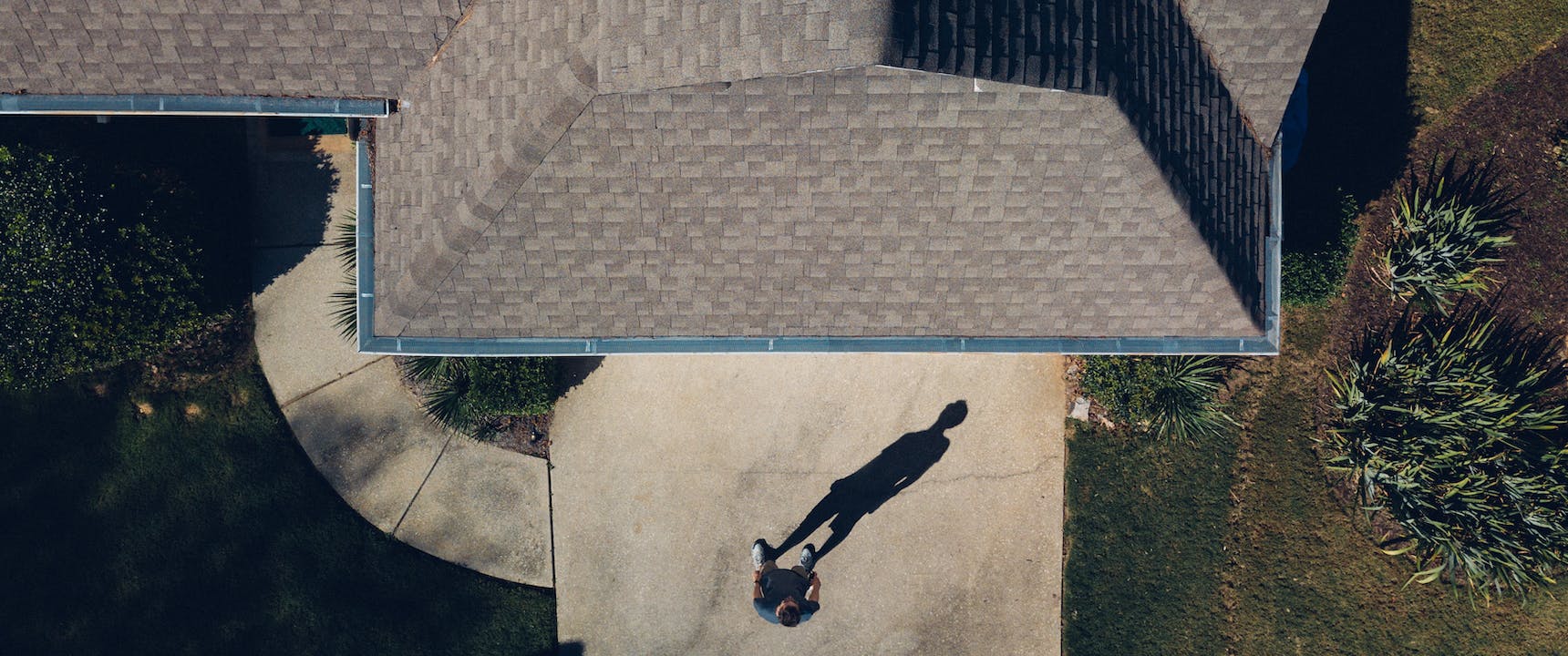
Knowing the age and condition of your roof is just part of the job description if you’re a Texas homeowner. …
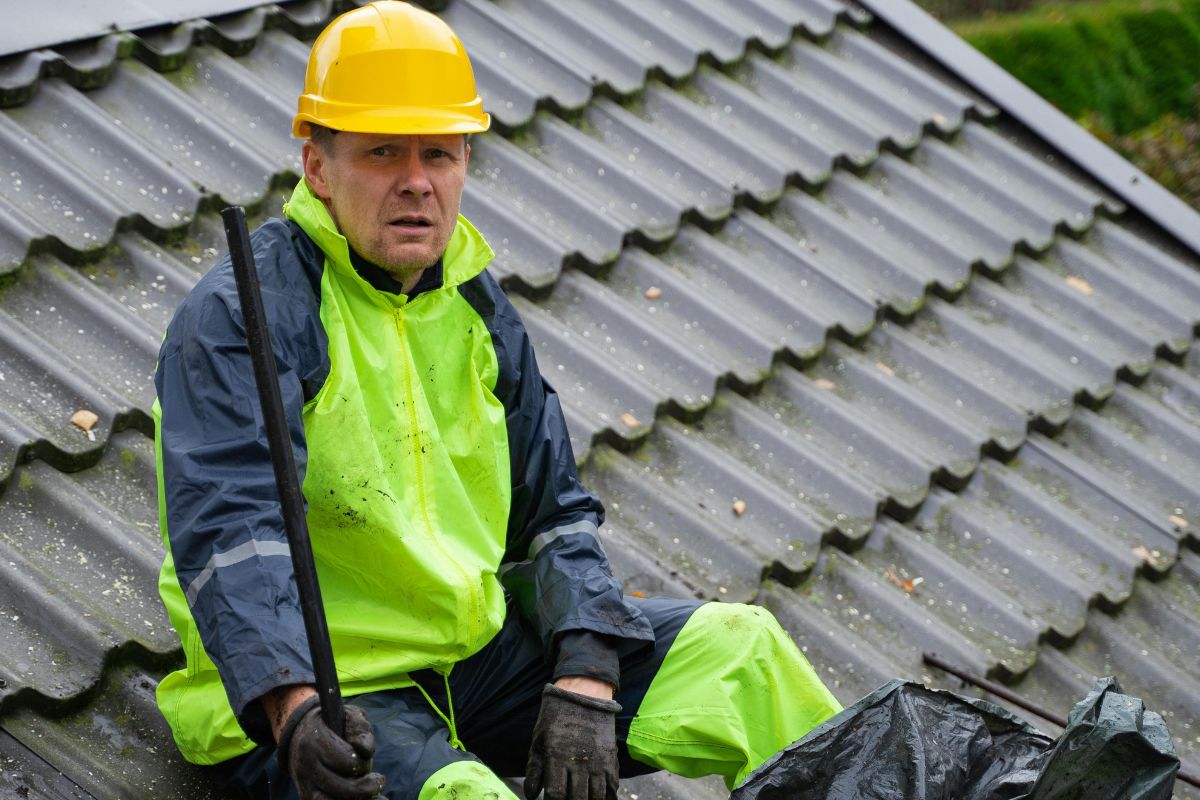
Maintaining your roof requires diligence and regular upkeep, including frequent inspections, cleaning, and preventive measures to avoid roof leaks, algae …